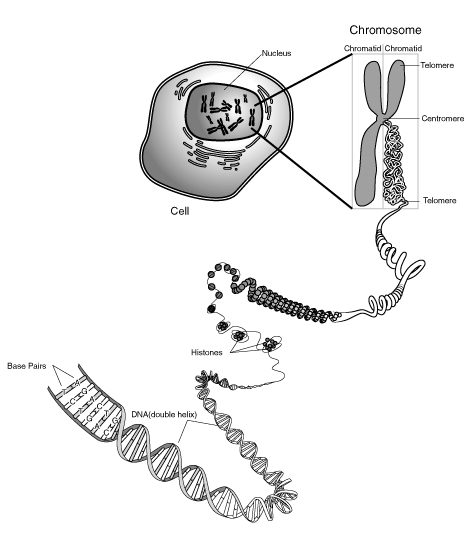-
-
Publications — Over 100 years of publishing excellence
-
-
-
Membership — Welcome to your membership center
Join the AMS
Renew your Membership
Give a Membership
Individual Membership
Institutional Membership
Other Member Types
-
-
-
Meetings & Conferences — Engage with colleagues and the latest research
-
-
-
News & Outreach — Explore news, images, posters, and mathematical essays
-
-
-
Professional Programs — Resources and opportunities to further your mathematical pursuits
-
-
-
Education — Resources to support advanced mathematics teaching and learning
For Students
For Teachers
For Department Leaders & Mentors
-
-
-
Government Relations — Advocating for the mathematical sciences
Elevating Mathematics in Congress
Legislative Priorities
Get Involved
DC-Based Fellowships
-
-
-
Giving to the AMS — Your gifts make great things happen for mathematics
-
-
-
About the AMS — Advancing research. Connecting the mathematics community.
-



